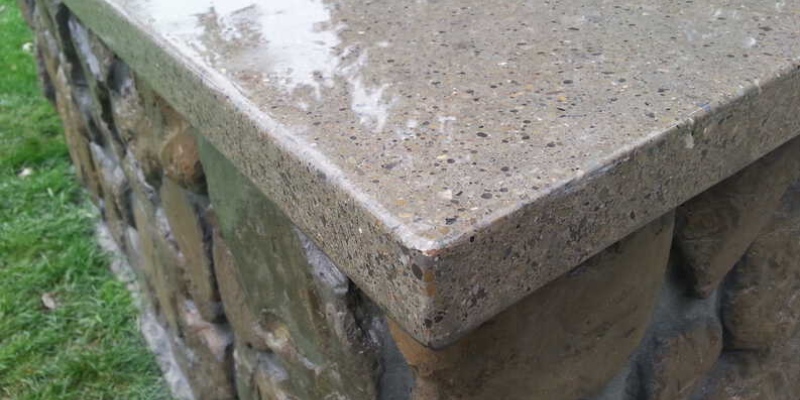How can we help you
Concrete countertop polishing is a meticulous process that requires attention to detail and adherence to specific guidelines to achieve the best results. While the finished product can be stunning, several issues can arise if proper care is not taken throughout the process. Form surface preparation to the final polishing stages, each step has critical factors that need attention to avoid common pitfalls and ensure a high-quality finish.
Proper surface preparation is fundamental to the success of concrete countertop polishing. Any imperfections, such as cracks or voids, should be addressed before beginning the polishing process. Filling these imperfections with a suitable patching compound ensures a uniform surface. Additionally, cleaning the countertop thoroughly to remove dust, debris, and stains is crucial. Contaminants can interfere with the polishing process, leading to uneven finishes or damage to the concrete diamond polishing pads. Ensuring the concrete us fully cured is also vital, as polishing too soon can result in a week and inconsistent surface.
The choice of concrete countertop polishing equipment and materials plays a significant role in the polishing outcome. Diamond polishing tools are essential due to their ability to cut through concrete effectively. Using pads with the appropriate grit progression -- from coarse to fine -- is crucial for achieving a smooth, polished finish. Skipping grits or using worn-out pads can lead to unsatisfactory results. Additionally, the use of concrete densifier is recommended to harden the surface and make it more polishable. Selecting the right densifier based on the specific type of concrete can significantly enhance the final appearance and durability of the countertop.

Polishing concrete generates a substantial amount of dust, which can be hazards if not properly managed. Utilizing a wet polishing method can help control dust, but it also introduces the challenge of managing slurry -- a mixture of water and concrete particles. Proper disposal of slurry is essential to prevent environmental contamination. If dry polishing concrete countertops is preferred, using a high-quality dust extraction system is crucial to protect the operator’s health and maintain a clean working environment. Ensuring adequate ventilation and appropriate protective gear, such as masks and goggles, are also important safety measures.
Despite best efforts, issues can still arise during the polishing process. One common problem is the appearance of swirl marks, which are often caused by uneven polishing or using the wrong grit sequence. To avoid this, ensure that each grit level is used thoroughly and consistently across the entire surface. Another issue is the development of air bubbles or pits in the concrete, which can be minimized by using a high-quality concrete mix and proper casting techniques. If such issues occur, addressing them promptly with appropriate repair techniques is necessary to maintain a smooth and polish finish.
Polishing concrete countertop requires careful attention to detail and adherence to best practices to avoid common issues and achieve a stunning, durable surface. Whether you’re a professional contractor or a DIY enthusiast, understanding and addressing these key considerations is essential for success in concrete countertop polishing.